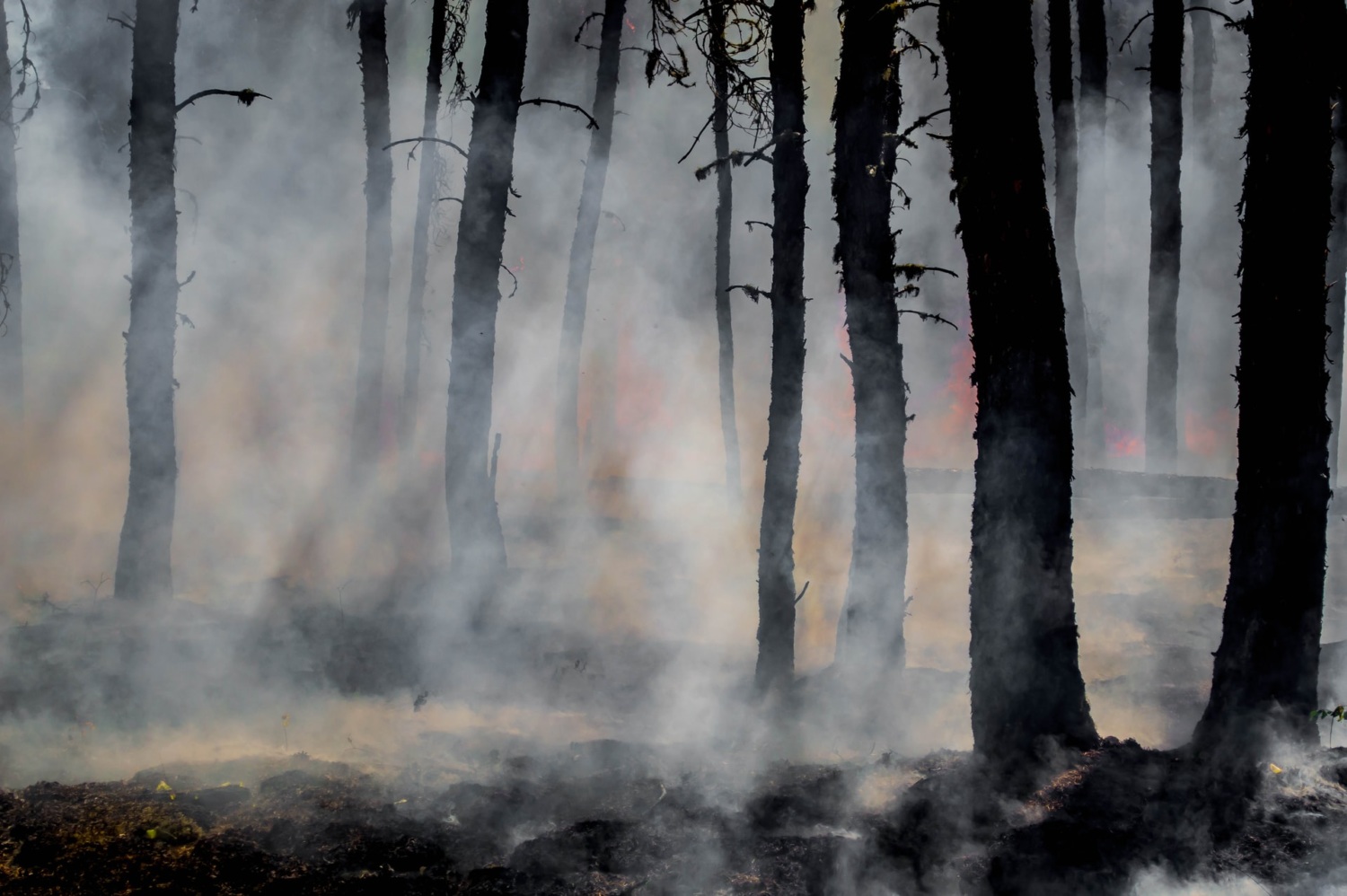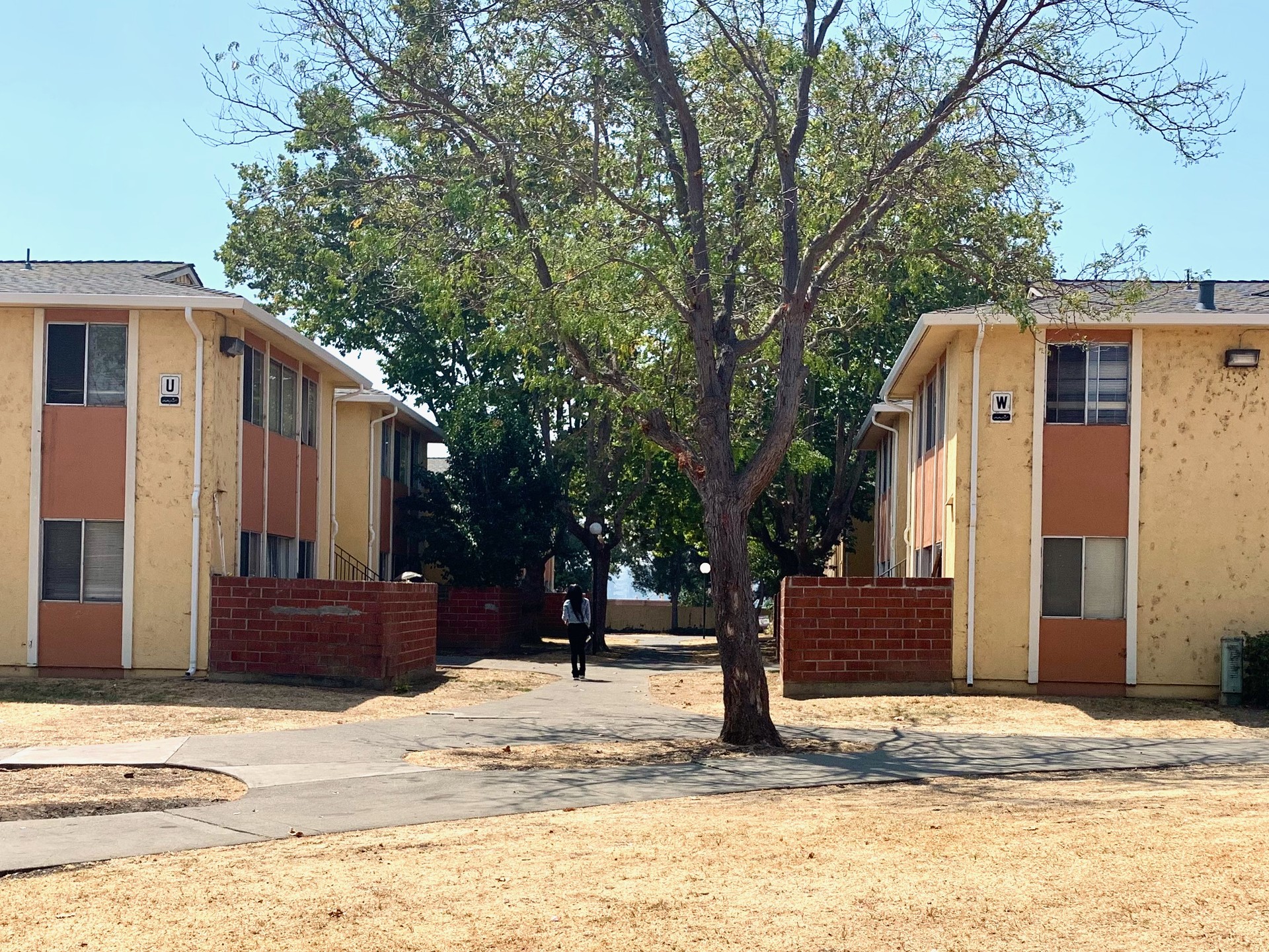
In the News
Poverty and Racism Leave People More Vulnerable to Wildfire Smoke
- KQED
-
Focus Areas
Environmental Health, Healthy Communities -
Issues
Asthma, Wildfires & Extreme Heat -
Expertise
Public Policy Development -
Programs
Healthy Places Index (HPI), Public Health Alliance of Southern California

In 2017, wildfires — record-breaking in their scope and devastation — started burning, beginning with the Tubbs Fire. The blaze raged through Sonoma and Napa counties, destroying several Santa Rosa neighborhoods.
The short-term impacts of wildfire smoke are well documented. Studies have shown that smoky days correlate with spikes in ER visits for lung and heart problems in real time. Wildfires produce tiny particulate matter that can travel great distances and lodge deep in the lungs.
A recent Stanford University study showed potentially lasting damage to the immune systems of kids who’d been exposed to fire smoke. And an investigation by the Center for Investigative Reporting found a spike in ER visits of adults and kids experiencing lung and heart ailments three to five months after the Tubbs Fire.
And among the poor health outcomes: high asthma rates.
Ta’Kira lives with her mom and two younger brothers at the Marina Vista Apartments — a low-income housing development comprised of blocky two-story buildings in downtown Vallejo.
According to the California Healthy Places Index, developed by the Public Health Alliance of Southern California, their neighborhood is one of the least healthy in the entire state. And the massive wildfires that burned every year almost certainly played a role.
Starting when she was five years old, Ta’Kira was diagnosed with asthma. Since then, she has been struggling with her health, with multiple trips to the hospital.
Ta’Kira is not alone in her medical struggles. Black children like her are disproportionately affected by asthma, more likely to be hospitalized for it, and even to die from it.
These concerning asthma statistics for Black children are due in part to higher exposure to air pollution in low-income neighborhoods from sources such as industry and freeway soot.
There are also more indirect factors including discrimination, poor housing, poverty, noise and garbage. This is the case especially in low-income neighborhoods like the Vallejo census tract where Ta’Kira has lived for her entire young life. Data show that more Black people live in that neighborhood than anywhere else in Vallejo.

New record-setting blazes would follow the Tubbs Fire. In November 2018, the Camp Fire decimated the town of Paradise in Butte County, spreading smoke laden with toxins from burning plastics and other industrial materials for hundreds of miles. Three months later, Ta’Kira was back in the hospital again. “Working very hard to breathe,” her medical notes say. “Unable to hold a long conversation.”
Click below to read the full story from KQED.
Originally published by KQED
More Updates
Work With Us
You change the world. We do the rest. Explore fiscal sponsorship at PHI.
Support Us
Together, we can accelerate our response to public health’s most critical issues.
Find Employment
Begin your career at the Public Health Institute.



